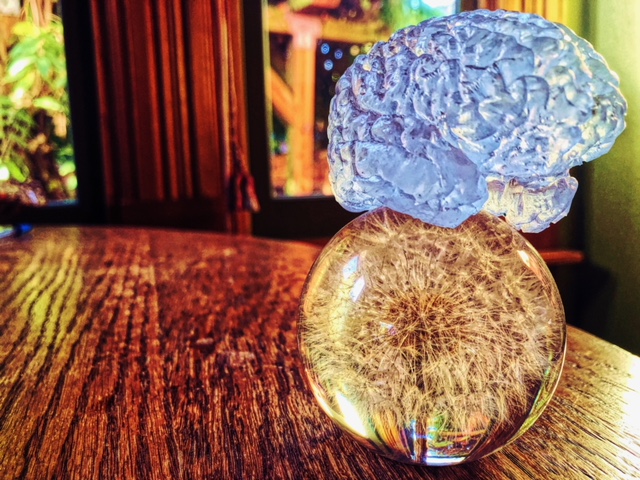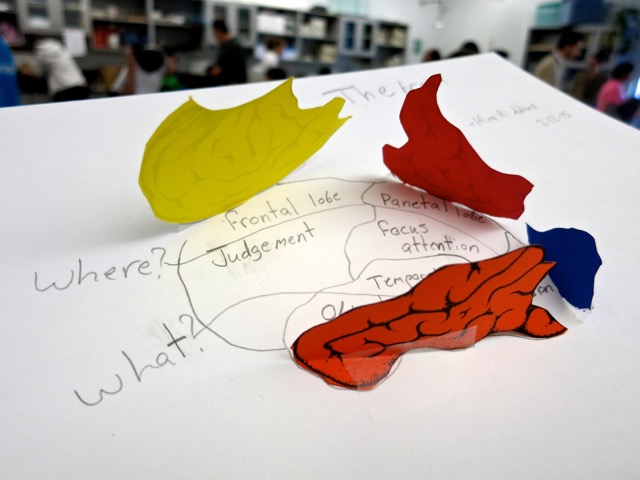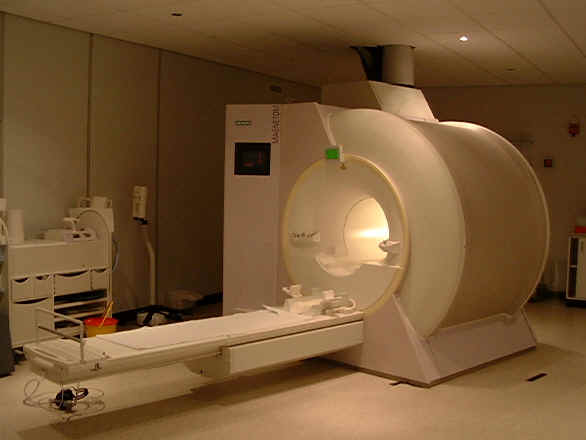By Noah Trantel, undergraduate in Psychology, Portland State University
For the past nine months, I have had the opportunity to volunteer at Oregon Health & Science University, in Joel Nigg’s lab, which focuses on attention deficit hyperactivity disorder (or ADHD).

ADHD is a commonly diagnosed neurological condition in adolescents, characterized by “extreme inattention, disorganization, overactivity, and/or impulsivity that is developmentally out of the normal range and impairs functioning.”
LEARN MORE: NIMH on ADHD
LEARN MORE: Getting Ahead of ADHD by Joel T. Nigg, Ph.D.
LEARN MORE: Attention Deficit-Hyperactivity Disorder Information Page (NINDS)

The purpose of this longitudinal study is to identify and describe different subtypes of ADHD by following over 600 children as they develop into young adults. Researchers are excited to learn how their ADHD symptoms – and both the structure and function of their brains – might change over several years, and whether different forms of ADHD are present. Understanding structural and functional aspects might lead to better, more targeted, and more effective treatments.

LEARN MORE: Longitudinal study of the course of ADHD
LEARN MORE: Are There Executive Dysfunction Subtypes within Attention-Deficit/Hyperactivity Disorder?

As a tester, I interact with the children and their families to ensure that they have a positive experience at the lab. I take each participant and administer a number of assessments, including the Wisconsin Card Sort Task (WISC), Wechsler Adult Intelligence Scale (WAIS), and the Wechsler Individual Achievement Test (WIAT). The WIAT book (pictured below) includes math and word reading tests. The math portion tests how well they can solve problems, which get progressively more difficult as they continue. The word reading test assesses their ability to pronounce words. They read across a line and as they progress, the words get more challenging. At no point in any of the tests are the participants informed about how they are doing, so it’s our job as testers to read off a script and minimize facial cues. This way, a subject will not be influenced by how we are responding.

Once subjects have completed the tests, I hook them up with electrodes that measure their heart rate, respiration rate, and galvanic skin response while they participate in a series of additional computer tasks requiring attention.

Another role that I have at the lab is assisting the MRI operators to ensure that the participant is eligible to go into the MRI. An MRI uses powerful magnets so we can see what the participant’s brain looks like. Because the machine contains large magnets, it is crucial to make sure that the participant doesn’t have any metal on or in them. My job is to make sure the participant feels relaxed, to gather imaging data from a program we use called FIRMM, and to assist the MRI operator by preparing settings for different computer tasks.

LEARN MORE: Magnetic Resonance Imaging (MRI)
LEARN MORE: Overview of Functional Magnetic Resonance Imaging
I also have the opportunity to enter the data from my visits, and remove cardiac and respiratory “noise” and other artifact. This is known as physio cleaning. Essentially, physio cleaning focuses on the heart rate of the participant. That data is saved into a program called HRV, which measures the heart rate and displays how it looks. It’s usually what a classic heart rate looks like with the peaks and dips. However, sometimes the electrodes were put in the wrong spot or the participant may have accidentally moved the electrode or the heart rate is seen as slightly abnormal by the HRV (“heart rate variability”) program. My job as a tester is to remove “stars” (the stars serve to tell us if the recording is abnormal) from the HRV data to ensure that the heart rate is normalized.
LEARN MORE: RR Intervals, Heart Rate, and HRV Howto
LEARN MORE: Resting-state fMRI confounds and cleanup
Through data entry, I have learned about different types of data entry programs, such as Systat. Data entry plays a crucial role in the lab as it allows us to keep track of the research we are doing.

Overall, my experience in the ADHD lab has been positive as I’ve had the opportunity to gain practical experience with research I am passionate about. Furthermore, the staff and other volunteers are supportive and provide constant encouragement. I have gained useful skills and hope to continue growing as a person as the lab has challenged me in a positive way.



